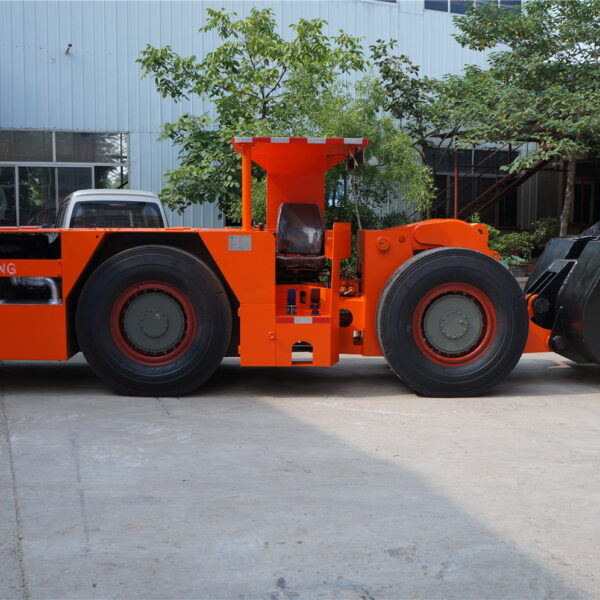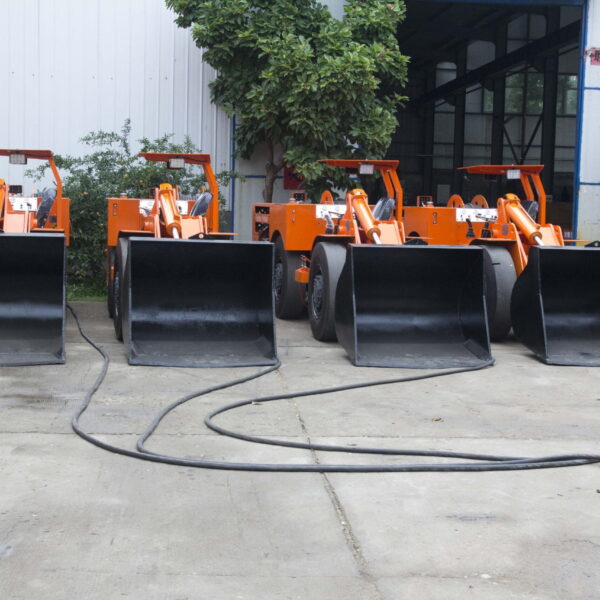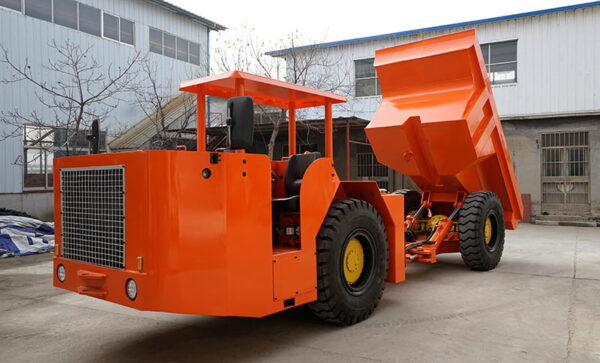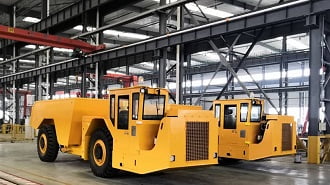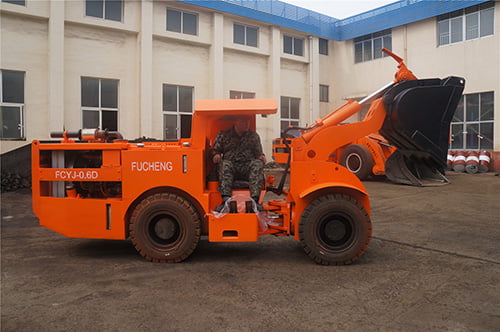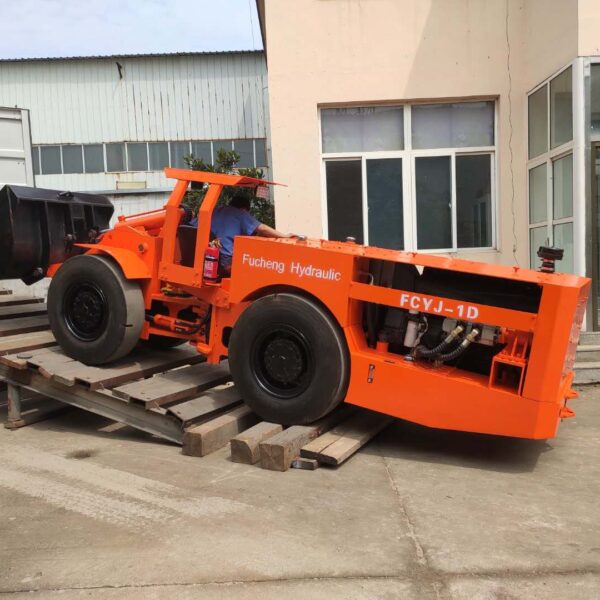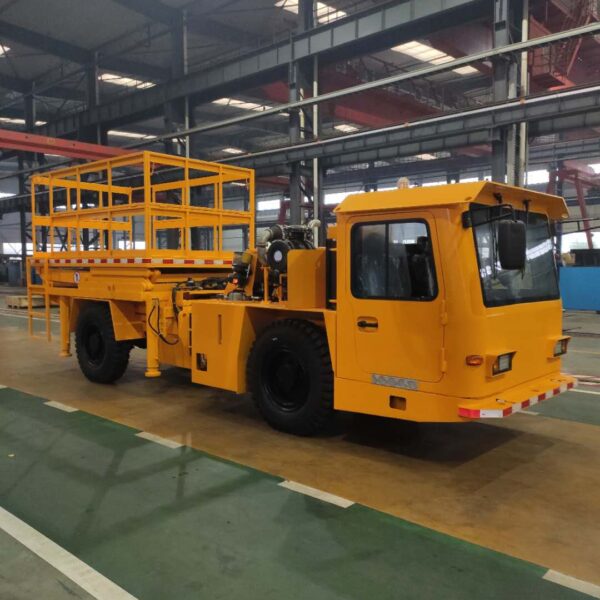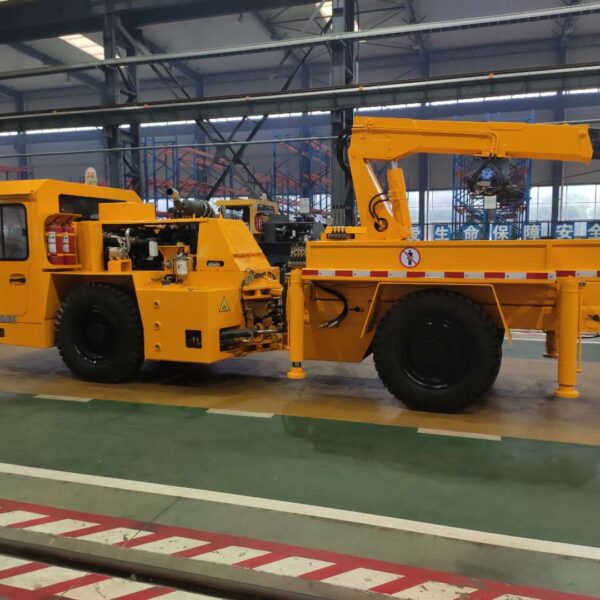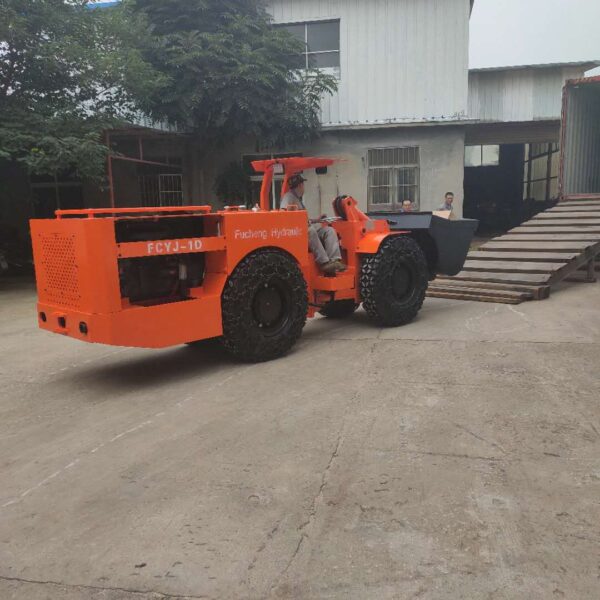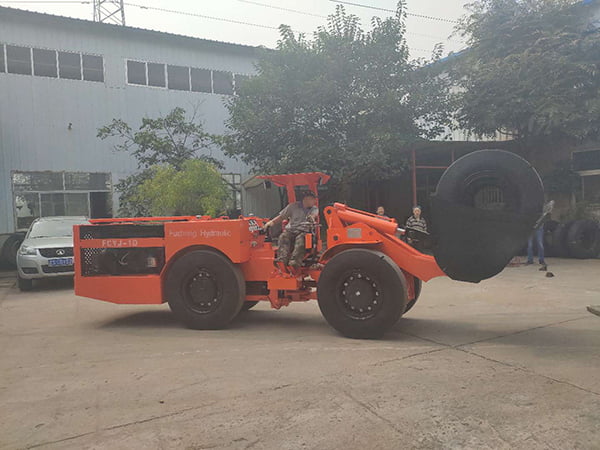Клапаны обычно помогают полностью открыть или закрыть систему. Однако пропорциональные клапаны отличаются от них и дают нам больше контроля над потоком. Эти клапаны управляют переменной гидравлической мощностью. Они не ограничиваются функциями включения и выключения. Их уникальная функциональность заставила нас написать, как работают гидравлические пропорциональные клапаны.
Большинство гидравлических клапанов не используют электрические сигналы. Однако эти пропорциональные клапаны работают, следуя электрическим сигналам. Они контролируют включение или выключение потока и количество жидкости. Эти функции делают их механизм очень сложным. Но не волнуйтесь! Я помогу вам подробно разобраться в их работе.
Обзор гидравлических пропорциональных клапанов
Пропорциональные клапаны работают с помощью электрических сигналов. Их основное преимущество заключается в том, что они могут регулировать поток гидравлической жидкости. Они более эффективны, чем обычные гидравлические клапаны включения/выключения. Они помогают контролировать точное количество потока и давление потока. Проще говоря, эти клапаны обеспечивают полный контроль для получения переменной производительности.
Иногда от клапанов требуются только базовые функции включения и выключения, верно? В таких случаях обычные клапаны работают просто отлично. Однако есть случаи, когда управление потоком жидкости имеет решающее значение. Например, некоторые виды промышленного оборудования требуют управления потоком жидкости. В таких случаях на помощь приходят пропорциональные клапаны.
Кроме того, эти клапаны позволяют регулировать поток или давление жидкости. Электрические сигналы управляют работой этих клапанов. Если увеличить интенсивность электрического сигнала, поток жидкости увеличится. С другой стороны, если уменьшить интенсивность сигнала, поток уменьшится. Это помогает контролировать поток во время работы машин.
Компоненты гидравлических пропорциональных клапанов
Как было сказано выше, работа пропорциональных клапанов очень сложна. Он состоит из множества компонентов. Эти компоненты или части работают слаженно, обеспечивая правильную работу клапанов. Любая неполадка в одной из частей приведет к сбою в их работе. Вот список этих компонентов:
- Шпуля
- Весна
- Соленоид
- Электронный контроллер
- Датчики или система обратной связи
Эти детали отличаются по своей функциональности. Золотник - это основная часть, которая перемещается для управления потоком. Другие части, такие как соленоид, пружина и контроллеры, обеспечивают правильное движение этого золотника. В следующем разделе я расскажу, как работают эти клапаны.
Как работают гидравлические пропорциональные клапаны?
Сначала электрический контроллер генерирует электрический сигнал. Этот сигнал является ключевым для обеспечения эффективной работы этих клапанов. Этот сигнал в виде тока поступает на соленоид, который находится рядом с золотником. Соленоид принимает ток и создает магнитное поле под воздействием тока.
Это магнитное поле отвечает за движение золотника. Помните, что золотник - это часть, которая остается внутри клапана. Когда он движется, он останавливает или открывает путь жидкости. Но возникает вопрос: как этот золотник определяет, сколько жидкости должно вытекать? Этот клапан управляет потоком жидкости с помощью электрических сигналов.
Представьте себе электрический контроллер, посылающий сильный электрический сигнал. В этом случае соленоид будет создавать более сильное магнитное поле. Благодаря этому движение золотника будет больше. В результате он откроется и пропустит больше жидкости. В результате давление потока жидкости будет высоким. Теперь представьте противоположный случай с меньшим электрическим сигналом.
В этом случае соленоид создает слабое магнитное поле. Благодаря слабому полю движение золотника не слишком велико, в результате чего протекает меньше гидравлической жидкости. Помните, что при небольшом движении золотника он остается на пути жидкости и блокирует проход. Интересно, что интенсивность электрического сигнала можно регулировать. Так, если машина требует больше жидкости, контроллер будет посылать сильный сигнал, и наоборот.
Кроме того, в процессе работы машины могут дополнительно увеличивать или уменьшать интенсивность сигналов. Это помогает им регулировать поток жидкости в соответствии с их потребностями. Таким образом, пропорциональные клапаны помогают регулировать расход и давление в режиме реального времени. Вам не придется увеличивать или уменьшать поток жидкости вручную.
Что происходит, когда машины перестают посылать электрические сигналы? В этом случае соленоиды не получают электрического тока. Поэтому магнитное поле не создается. Поэтому пружина оттягивает золотник назад. В результате золотник закрывает путь гидравлической жидкости. Таким образом, жидкость не течет. Эти клапаны работают только при наличии электрического сигнала от контроллера.
Роль системы обратной связи в работе пропорциональных клапанов
Вы когда-нибудь слышали о точности гидравлических пропорциональных клапанов? Это объясняется их превосходной системой обратной связи. Но вопрос в том, как работает эта система? Пропорциональные клапаны состоят из нескольких датчиков. Эти датчики обнаруживают проблему, когда клапан работает. Если проблема существует, датчики посылают обратную связь контроллерам для регулировки.
Например, иногда соленоиды получают достаточный ток, но создают слабое магнитное поле. Датчики обнаруживают эту проблему, и контроллер посылает твердые электрические сигналы. Однако соленоид не создает достаточного магнитного поля. Тогда контроллер посылает более сильный токовый сигнал, чтобы устранить проблему. Это лишь один пример, который поможет вам понять. Датчики могут обнаружить все типы ошибок и проблем.
Быстрая подсветка: Эти клапаны работают безупречно, выполняя любые требования. При возникновении неисправности может потребоваться замена клапана или его компонентов. Система обратной связи быстро обнаруживает неисправность. Она может решить проблему, отрегулировав уровень сигнала. Если проблема серьезная, необходимо заменить неисправный компонент.
Применение и использование гидравлических пропорциональных клапанов
Гидравлические пропорциональные клапаны очень популярны благодаря своей эффективности. Они позволяют останавливать или контролировать поток жидкости, а также регулировать давление гидравлической жидкости. Регулирование потока или давления иногда имеет первостепенное значение для различных машин.
Более того, некоторые машины требуют постоянного увеличения расхода жидкости, верно? В таких случаях эти клапаны пригодятся для управления потоком. Например, многие роботы используют эти клапаны для управления движением своих манипуляторов. Во время движения руки требуется большой поток жидкости. Сильный электрический сигнал поступает на соленоид. В результате создается сильное магнитное поле.
Сильное магнитное поле легко перемещает катушку. Это движение приводит к открытию пути для жидкости. Таким образом, эти клапаны обеспечивают больший контроль над потоком и давлением. Машины определяют производительность в соответствии со своими потребностями. Вот список некоторых других областей применения этих пропорциональных клапанов:
- Станки с ЧПУ и руки роботов
- Гидравлический усилитель руля (автомобильный)
- Гидравлические системы летательных аппаратов (аэрокосмическая промышленность)
- Экскаваторы и погрузчики (Строительство и добыча)
- Гидравлические прессы (Производство и металлообработка)
- Машины для литья под давлением (производство пластмасс)
Заключение
Гидравлические пропорциональные клапаны имеют огромное значение. Они помогают регулировать поток и давление гидравлической жидкости. Как правило, клапаны никогда не бывают 1000% точными в своей работе. Однако гидравлические пропорциональные клапаны отличаются своей эффективностью. Причина в том, что они оснащены системой обратной связи в реальном времени, обеспечивающей правильную работу.
Поэтому, если какая-либо деталь выходит из строя, машины устраняют проблему. Это делает данные клапаны уникальными. Их использование во многих сложных сериях машин и роботизированных системах постоянно растет. В этой статье я рассказал обо всем, что связано с гидравлическими пропорциональными клапанами. Читайте дальше, чтобы узнать все тонкости.


